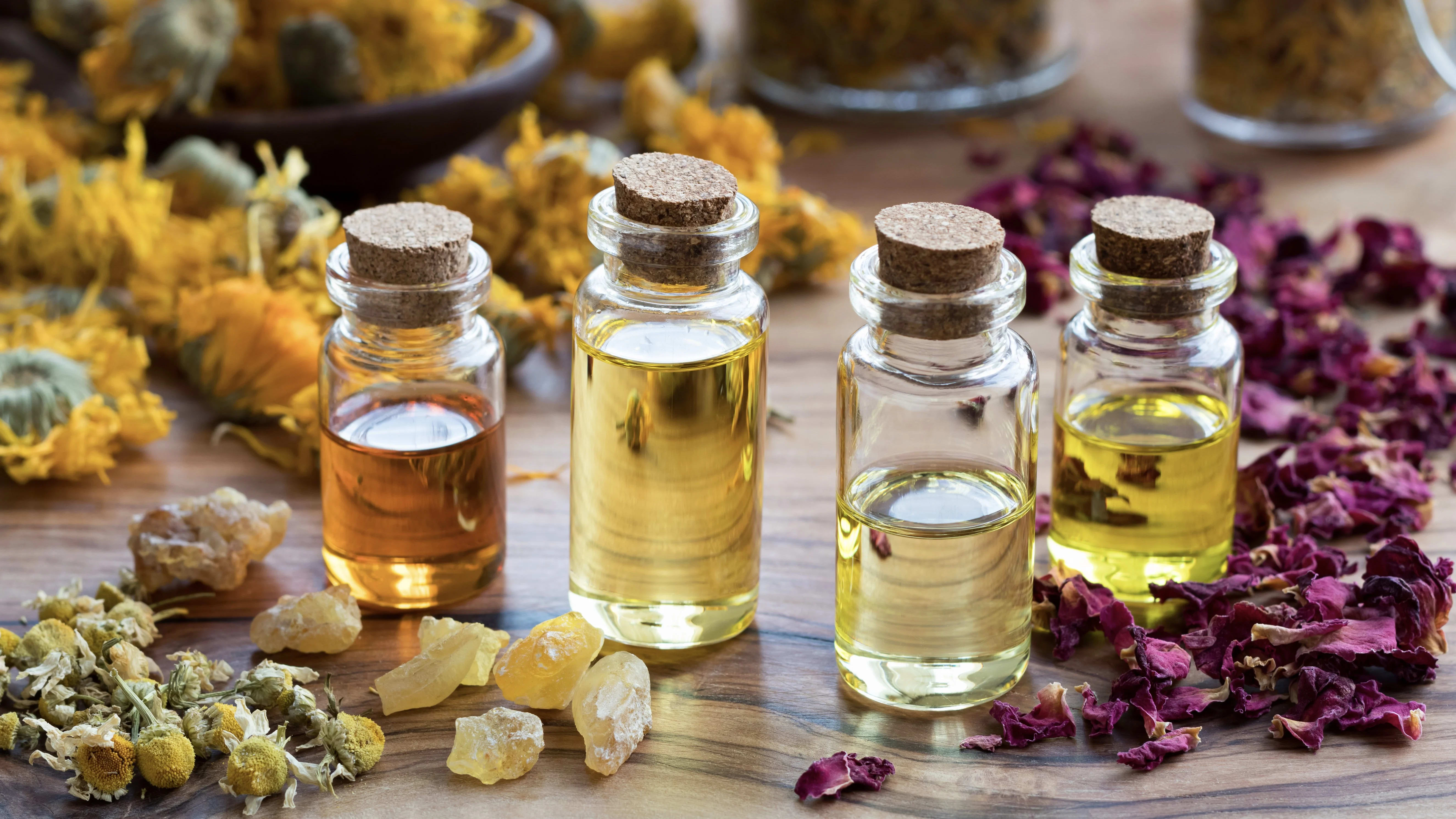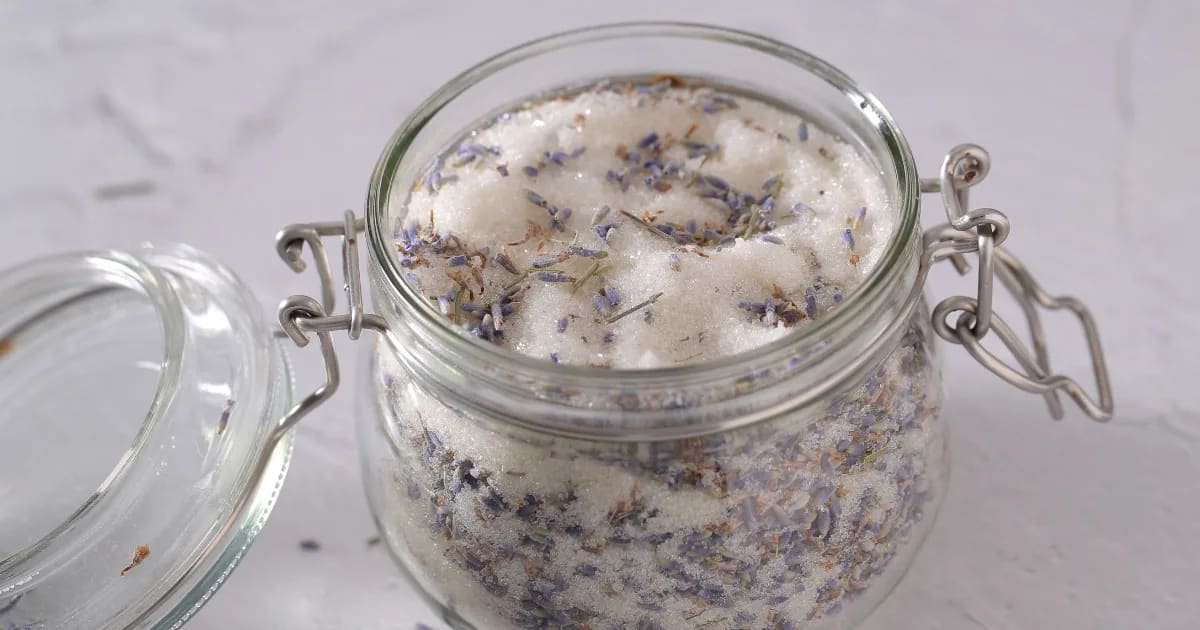Hawaiian Sandalwood

Some years ago, an insightful and educational event took place: the Sandalwood Symposium.
This was a four-day event organized by two key organizations in the field, the United Plant Savers and the International Sandalwood Foundation. The symposium served as a platform to share information on various Sandalwood species from across the globe, including the unique Hawaiian Sandalwood.
Hawaiian Sandalwood essential oil had just hit the market. I remember my curiosity being piqued when I got a chance to experience the aroma of the essential oil distilled from Santalum paniculatum, a white-flowering Sandalwood tree native to the Big Island of Hawaii.
The aroma is deep, woody, balsamic, and rich, bearing a striking resemblance to the classic Indian Sandalwood (Santalum album).
At the time, there were six species of Sandalwood trees spread across the Hawaiian islands. However, only Santalum paniculatum was being harvested for essential oil production. The red-flowered Sandalwoods, previously classified as two distinct species, had recently been divided into four:
Santalum fryecinetianum var. lanaiense (then listed as endangered)
Santalum halaekae
Santalum pyrularium
Santalum involutum (an ancient hybrid)
The Big Island of Hawaii was also home to two white-flowered species: Santalum ellipticum, a coastal shrub, and Santalum paniculatum, a large tree.
This symposium served as a reminder of the diversity within the Sandalwood family, the need for sustainable harvesting practices, and the importance of continuous learning in the world of essential oils.
Here is a list of Sandalwood species from around the world. Notice there are two links on some of them--one takes you to more information about the species, and the other takes you to the author (when known). For example, the link for Santalum album takes you to more information about that species, and the "L" link takes you to a page about Carl Linnaeus.
Side note: In botanical nomenclature, author citation refers to citing the person (or group of people) who published a botanical name, i.e. who first published the name while fulfilling the formal requirements specified by the International Code of Botanical Nomenclature (ICBN). In botany, it is customary to abbreviate author names according to the list of standard abbreviations.
S. acuminatum A.DC. — desert quandong, sweet quandong, native peach (Australia)
S. album L. — Indian sandalwood, white sandalwood, chandana (India, Indonesia, northern Australia)
S. austrocaledonicum Vieill. (New Caledonia, Vanuatu)
S. boninense (Nakai) Tuyama (Bonin Islands, Japan)
S. ellipticum Gaudich. — 'iliahialo'e, coast sandalwood (Hawai'i)
S. fernandezianum Phil. (Juan Fernández Islands)
S. freycinetianum Gaudich. — 'iliahi (Hawai'i)
S. haleakalae Hillebr. — 'iliahi (Hawai'i)
S. lanceolatum R.Br. — northern sandalwood (Australia)
S. macgregorii F.Muell (Papua New Guinea, Indonesia)
S. murrayanum C.A.Gardner — bitter quandong (Australia)
S. obtusifolium (Australia)
S. paniculatum Hook. & Arn. — 'iliahi (Hawai'i)
S. salicifolium — willowleaf sandalwood
S. spicatum (R.Br.) A.DC. — Australian sandalwood (Australia)
*Thanks to Danica T. Harbaugh-Reynaud for her work clarifying the exact species and to Susan Leopold for sending me the information.
Gain the knowledge and skills you need to make therapeutically effective essential oil blends! The Aromatherapy Certification Program provides you with the highest-quality aromatherapy education available so you can feel 100% confident in your ability to use your essential oils safely and effectively. You’ll gain the expertise needed to create blends for others – and even transform your career!





